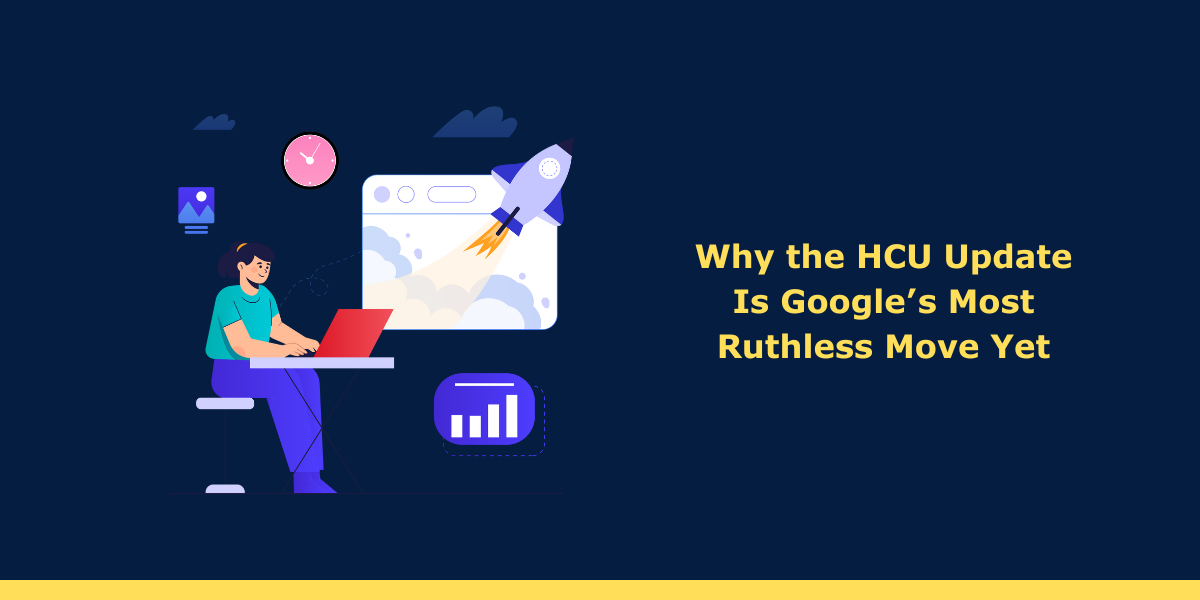
When Google rolls out updates, the SEO community often buzzes with speculation about the role of the Helpful Content Update (HCU). A closer examination of known facts can help determine whether a site is genuinely impacted by HCU-related signals.
Understanding Black Box Systems
To navigate Google updates effectively, SEOs should grasp the concept of black box systems. A black box system takes inputs and produces outputs, but the internal processes remain opaque. In Google’s case, this means thousands of interwoven processes contribute to search rankings, making it almost impossible to remove the impact of a single factor like the HCU.
The HCU’s integration into the core algorithm in March 2024 further complicates this. It is no longer a standalone system but a set of signals running continuously alongside other ranking systems. This black-box nature underscores the futility of drawing direct conclusions about ranking factors based solely on outputs, such as SEO studies analyzing millions of search results. These studies, while appealing as clickbait, fail to account for the complexities of Google’s algorithm.
The Evolution of the Helpful Content System
Google’s Helpful Content System, introduced in 2022, aimed to reward original, people-first content. However, in March 2024, Google integrated this system into its core algorithm. Consequently, the HCU no longer exists as an independent update that can be easily attributed to ranking changes.
This means:
- The HCU signals are now part of Google’s continuously running ranking systems.
- Updates to these signals may occur without explicit announcements from Google.
- Ranking drops can no longer be definitively tied to the HCU unless Google specifies updates to people-first content signals.
Diagnosing the Impact of HCU Signals
Google’s black-box approach makes it impossible to isolate the effects of HCU signals from the broader algorithm. SEOs must avoid assuming HCU-related issues as a default explanation for ranking drops. Instead, a methodical evaluation is required:
- Study Google’s Documentation: Google provides guidance on producing people-first content. SEOs should understand the principles of creating content designed for users rather than search engines.
- Analyze Key Aspects: Google emphasizes evaluating content through these lenses:
- Content Quality: Is the content original, valuable, and engaging?
- Expertise and Trustworthiness: Does the content demonstrate E-E-A-T (Experience, Expertise, Authoritativeness, Trust)?
- Page Experience: Is the page user-friendly and accessible?
- Avoid Assumptions: Even if Google announces updates to people-first signals, SEOs should analyze the site’s specific issues rather than attributing them to the HCU without evidence.
Key Takeaways for SEOs
The HCU’s integration into Google’s core algorithm reflects a broader shift towards holistic evaluation of content. Here are the main points:
- People-First Content Is Crucial: Prioritize creating content that benefits users rather than optimizing solely for search engines. This includes moving away from practices like over-optimizing around keywords.
- E-E-A-T Is Foundational: Trust, supported by experience and expertise, is a critical component of high-ranking content.
- Be Critical of SEO Myths: Studies claiming to reveal ranking factors often oversimplify the complexities of Google’s black-box system.
By focusing on quality, relevance, and user-centric practices, SEOs can navigate the complexities of Google’s ranking systems and thrive in the ever-evolving search landscape.
If you’re still finding it all difficult and confusing, check out our monthly SEO packages and let the experts help you!

